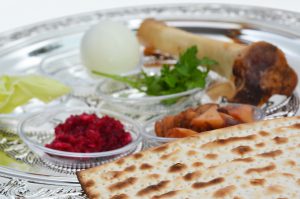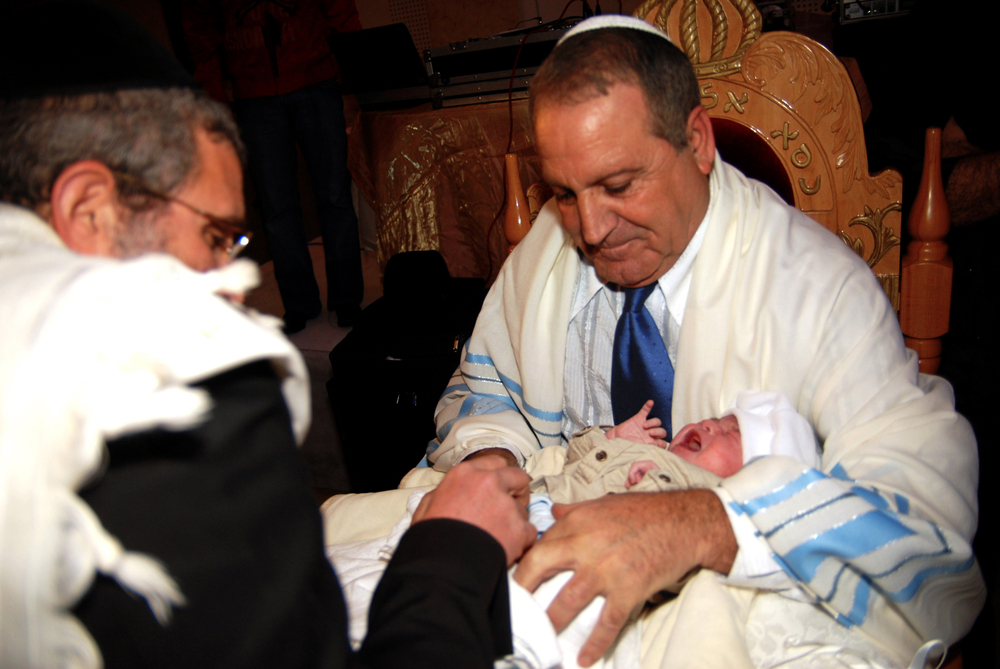Q: On Yom Kippur, the Cohen Gadol is required to remove his regular, colorful and golden vestments and don an all white outfit before entering the Holy of Holies to perform the special Yom Kippur service. What is the deeper meaning behind this color change?
A: According to Rashi, it would be inappropriate to wear gold on the day of atonement from sin, the color of the Golden Calf which represents the Jewish people’s greatest sin. In addition, a simple white garment is a symbol of humbleness which is appropriate on a day when we ask Hashem for forgiveness for our sins.
Pure On Yom Kippur
Sun beams arise over desert dawn Aaron, the High Priest, has already gone To walk towards mishkan on Yom Kippur On this holy day which he must ensure Each Kippur Aaron changes clothes five times. First change, eight garments to serve the divine. Breeches and tunic, he would wear under. Colorful breastplate, Aaron wore over Turban above head, oblong is the shape. Plate of gold around his forehead he drapes. These are the same garments the high priest wore Throughout the year adorned with decor. Twelve colors in the breastplate, one for each tribe. Twelve stones nestled in gold, breastplate was tied To apron's shoulder straps via gold rings Attached to the apron with gold settings. A sash around waist like belt it surrounds Blackberry purple the color redounds The High Priest's main garment, a robe of blue. Like the deep ocean, dark turquoise the hue. The morning service has come to an end. High priest swaps his cloths, because he intends To heed G-d's instructions in parsha, To humble himself, we read in Torah. These garbs lack color, the clothing lacks gold, These vestments are plain, to Moshe G-d told These sacred garments are simply pure white To atone for sins of all Israelites. Why did he alter his garments colors? To find the answer, Rashi who utters: B'nai Yisrael sinned at Mount Sinai A calf made of gold is the reason why Gold is a color united to sin It can not be used, must be forbidden On day we atone for what we did wrong Kohen Gadol stands in front of the throng Of the Israelites before entering Holy of Holies, then to G-d praying Commanded Hashem, in Parshat Acharei During Yom Kippur, all day shall we pray.
Ronen Khordipour makes Torah wisdom accessible to a wide Jewish audience through simple rhyming poetry. Khordipour is currently writing “Soul of the Scroll,” a book of poems for each Torah portion. Ronen is available for public readings, and can be reached at info@soulofthescroll.com.


